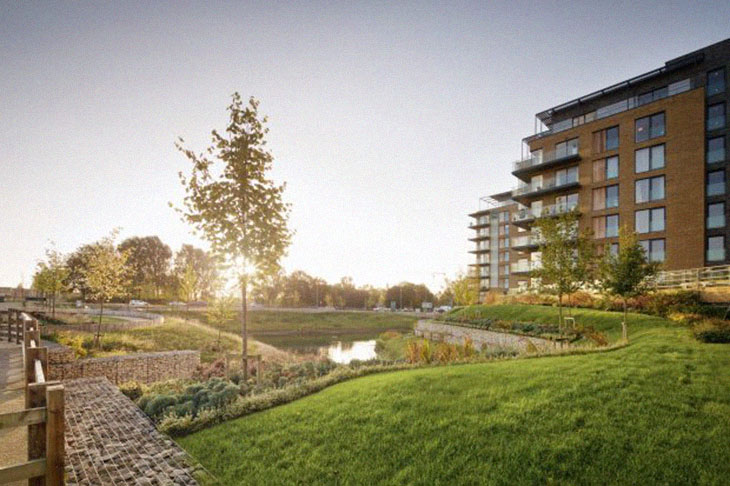
The UK has taken steps to not only protect nature but incentivize its restoration. Conservation of wilderness areas is a good first step. However, the UK has biodiversity net gain rules to encourage restoration of the ecosystem. Let’s learn more about the biodiversity net gain mandate and its effect on property development.
What Is the Biodiversity Net Gain Rule?
In 2019, the Chancellor’s spring statement said that all new development in the UK would have to have a ten percent increase in biodiversity on or near a development site. This is called a biodiversity net gain. The same mandate included protections for irreplaceable habitats, so you can’t tear down old growth trees, plant a diverse garden, and build what you want. These rules were proposed in July, 2019 and would go into full effect after a two year transition period.
What Are the Issues with Biodiversity Gain?
The biodiversity level assessments will be based on the DEFRA biodiversity metric 2.01. DEFEA uses factors such as the distinctiveness of the habitat, condition, strategic significance and habitat connectivity. The baseline biodiversity score is found by multiplying the scoring of the location based on all of these areas by the size of the plot in hectares.
These scores can be someone subjective. When is it a drainage ditch, and when is it a wetland? How many trees or grass do you need to connect one patch of wilderness to another?
Post-development biodiversity score factors in things like spatial risk, temporal risk and delivery risk as well as those included in the pre-construction assessment. The harder it is to deliver on your promises, the greater the score. This also means that there is greater value in managing to restore challenging habitats, while you won’t get the same benefits if you’re planting a few new trees.
How Does This Affect Property Developers?
A baseline assessment must be done to determine what species are present and at what levels. Property developers must have a plan to increase the diversity at the site or surrounding area, if they will be given planning permission to build. The construction plan will need to predict how it will increase the diversity of species on the property, whether they are planted, relocated or encouraged to settle in the area. A post-construction survey will look for evidence that the ten percent biodiversity gain has been delivered. If you can’t achieve that, off-site compensation by purchasing biodiversity credits is the last resort. The system first seeks to avoid damage to habitat, minimization of it if it is damaged, and calls for mitigation where possible.
Note that DEFRA net gain requirements don’t apply to all sites. For example, certain urban brownfield sites are exempt. We can expect this to increase interest in brownfield site redevelopment over the traditional requests to build new buildings on greenfield sites. Building extension projects are exempt, so we can predict that there will be many requests to add on to existing buildings rather than build a whole new one.
Minor development sites have simplified requirements, and they may be allowed if they don’t meet the ten percent gain requirement. These projects are defined as having an area of less than 0.5 hectares or less than ten residential units.


